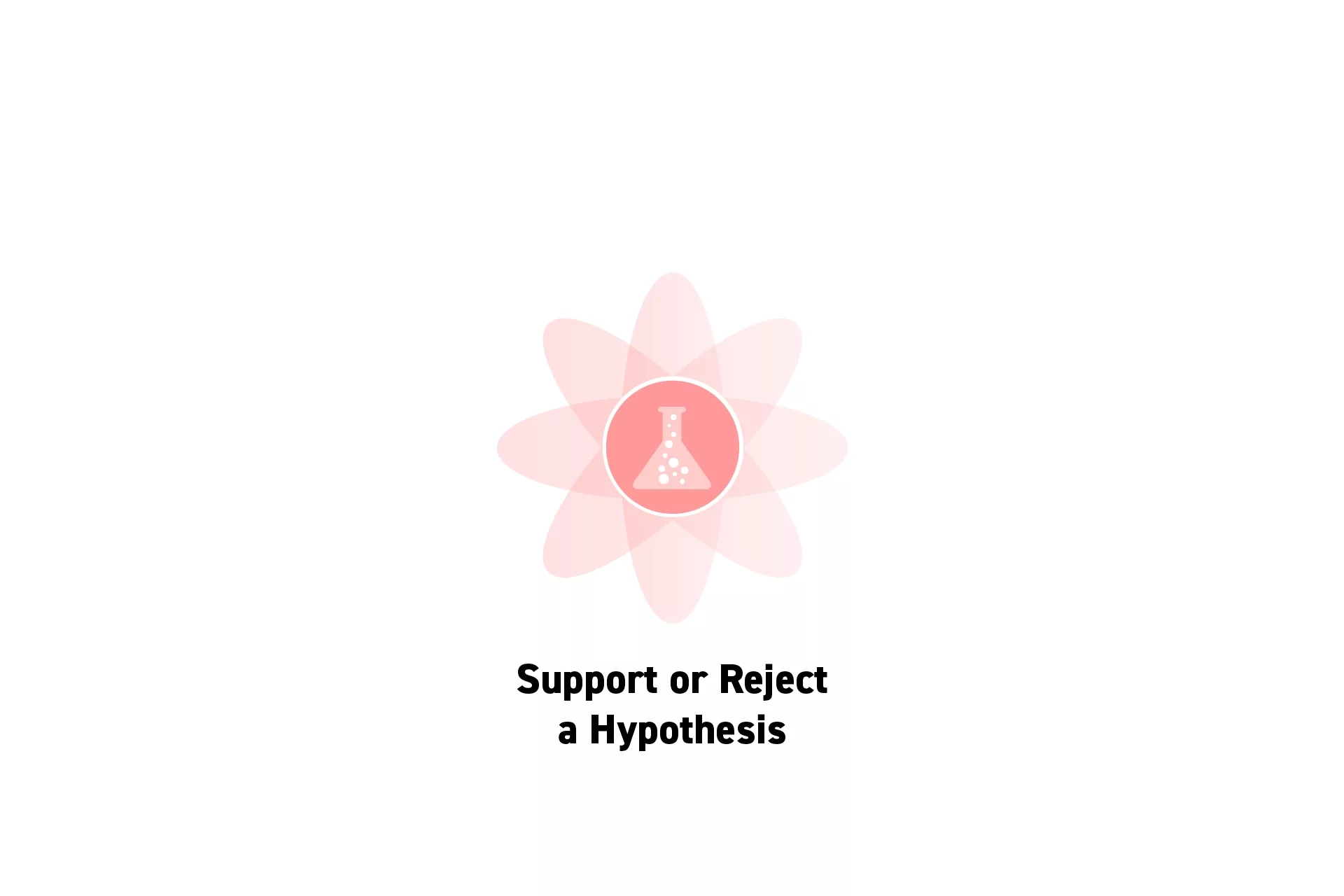How to Support or Reject a Hypothesis


Support (never say "Accept") or reject a hypothesis based on statistical evidence that determines if there is a significance level.
To decide if we have sufficient evidence against the null hypothesis (H0) to reject it (in favor of the alternative hypothesis), you must first decide upon a significance level.
The significance level is the probability of rejecting the null hypothesis (H0) when it the null hypothesis is true and is denoted by α.
The 5% significance level is a common choice for statistical test.
Once you have carried out research or experiments, the next step is to compare the p-value with the chosen significance level.
If p<α then we reject the null hypothesis (H0) and accept alternative hypothesis (H1).
The lower the p-value, the more evidence we have against the null hypothesis (H0) and so the more confidence we can have that the null hypothesis (H0) is false.
If p≥α then we do not have sufficient evidence to reject the null hypothesis (H0) and so we must accept it.
Looking to learn more about Innovation, Project Management, Design, Technology and Strategy?
Search our blog to find educational content on innovation, project management, design, development and strategy.
